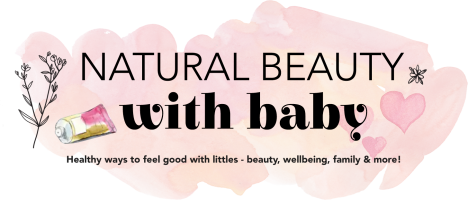“Understanding Common Ingredients in Cosmetics: A Quick Guide” is a collaborative post.
Cosmetics are an integral part of our daily routine, whether it’s to care for our skin, enhance our appearance, or protect ourselves from environmental stressors. However, reading the ingredient list on labels can often seem confusing or even intimidating. Knowing the common components not only allows us to make more informed choices but also helps us better understand what we’re applying to our skin.
In this article, we offer a quick guide to understanding the most frequently used ingredients in cosmetic products, focusing on their functions, benefits, and origins.
1. Moisturizing Agents
Moisturizing agents are essential in many cosmetic products, including creams, lotions, and serums. Among the most well-known are:
Glycerin: Derived from plants or synthetically produced, it attracts water and helps maintain skin hydration.
Hyaluronic acid: Naturally present in our bodies, it retains water and gives the skin a plump appearance.
Urea: An excellent moisturizer that also improves skin texture.
These ingredients help combat dryness and improve skin suppleness.
2. Cleansing Agents
Cleansing agents are used in makeup removers, shower gels, shampoos, etc. They help remove impurities, sebum, and makeup residues.
Surfactants: Such as sodium lauryl sulfate or its gentler alternatives (like cocamidopropyl betaine), are the components responsible for lather.
Vegetable oils: Widely used in makeup removers, they dissolve impurities while preserving the skin’s hydrolipidic film.
3. Preservatives
Preservatives are essential to ensure the stability and safety of cosmetic products, especially those containing water.
Phenoxyethanol: A synthetic preservative often used for its antibacterial properties.
Parabens: Controversial and increasingly replaced by milder alternatives.
Natural antimicrobial extracts: Such as grapefruit seed extract or essential oils.
These components prevent microbial contamination and extend the shelf life of cosmetics.
4. Active Ingredients
Actives are the ingredients that provide specific benefits to the skin: anti-aging, anti-blemish, radiance, etc.
Vitamin C: An antioxidant that brightens the complexion and stimulates collagen production.
Retinol: A derivative of vitamin A, it promotes cell turnover and reduces wrinkles.
Niacinamide: Soothes redness, regulates sebum, and strengthens the skin barrier.
These are often the ingredients that determine the effectiveness of a cosmetic product.
5. Fragrances and Colorants
They are not essential to the effectiveness of the product but greatly contribute to the sensory experience.
Synthetic fragrances: Provide a pleasant scent but may be irritating to sensitive skin.
Colorants: Whether synthetic or natural, they make the product more visually appealing.
It is always better to choose hypoallergenic products if you have very reactive skin.
6. Texturizers and Emulsifiers
To ensure a pleasant texture and good application, cosmetics often include agents that modify their consistency.
Waxes (beeswax, carnauba, etc.): Used in balms and lipsticks.
Gums (xanthan, guar): Add viscosity.
Emulsifiers: Stabilize water/oil mixtures, as seen in creams.
Towards a Better Understanding of Formulas
It can be helpful to become familiar with ingredients for cosmetics, to better decode labels and adapt choices according to your skin’s specific needs.
Today, many brands and suppliers provide detailed information on the origin, function, and safety of the ingredients used. This is especially true for companies like Quimivita, a company specializing in supplying innovative and sustainable ingredients for the cosmetic industry.
Why It Matters
Understanding cosmetic ingredients allows you to:
- Avoid adverse reactions by identifying potential allergens or irritants, especially if you have sensitive or allergy-prone skin.
- Make more eco-friendly choices by preferring biodegradable or natural ingredients that are safer for both your body and the planet.
- Choose more effective products by selecting active ingredients that specifically match your skin type, concerns, and long-term skincare goals.
Conclusion
Reading cosmetic labels doesn’t have to be a mystery. By understanding the most common ingredients in cosmetics, you take control of your beauty routine. Whether for health, ethical, or performance reasons, this knowledge is valuable and will allow you to adopt a more conscious and personalized approach.







Comments are closed.